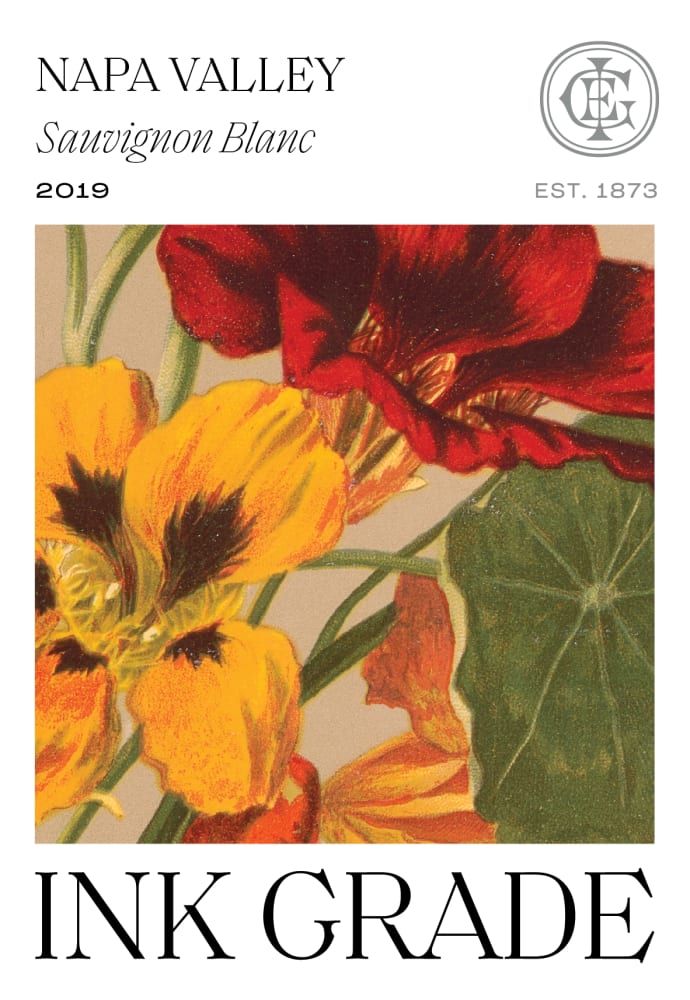Dry Creek Valley is an American Viticultural Area (AVA) located in Sonoma County, California, renowned for its premium wine production. The region is celebrated for its Zinfandel, Cabernet Sauvignon, and Rhône-style wines that exhibit unique characteristics due to the valley’s diverse terroir and microclimates.
Dry Creek Valley AVA
The Dry Creek Valley AVA, established in 1983, encompasses approximately 9,000 acres of vineyards and stretches 16 miles long and 2 miles wide, located in the heart of Sonoma County. Nestled between the Russian River Valley to the south and Alexander Valley to the east, the region boasts a rich history of winemaking dating back to the 19th century. The valley is named after Dry Creek, a tributary of the Russian River, which runs through the area and plays a significant role in shaping the region’s terroir.
Climate
Dry Creek Valley’s climate is largely Mediterranean, characterized by warm days and cool nights. The coastal influence from the Pacific Ocean contributes to the cool marine layer and afternoon fog, which helps moderate temperatures and extends the growing season. This allows the grapes to develop balanced acidity and complex flavors, essential for producing high-quality wines. The valley’s climate, combined with its diverse topography, creates several microclimates that can impact grape development, influencing the style and character of the resulting wines.
Soil
The soils in Dry Creek Valley are varied, ranging from well-draining, rocky, and gravelly soils on the valley floor to the clay, loam, and volcanic soils on the hillsides. These diverse soils offer unique growing conditions that contribute to the distinct attributes of the wines produced in this AVA. The rocky soils tend to produce concentrated, intense flavors, while the clay and loam soils can lead to wines with more subtle, nuanced profiles.
Grape Varieties
The Dry Creek Valley AVA is best known for its Zinfandel, which accounts ![]() for approximately 40% of the region’s total vineyard acreage. The valley’s warm climate and diverse soils are conducive to producing Zinfandel wines with ripe, jammy fruit flavors, balanced by bright acidity and a peppery spice characteristic. Dry Creek Valley Zinfandels are typically medium to full-bodied, with moderate to high tannins.
for approximately 40% of the region’s total vineyard acreage. The valley’s warm climate and diverse soils are conducive to producing Zinfandel wines with ripe, jammy fruit flavors, balanced by bright acidity and a peppery spice characteristic. Dry Creek Valley Zinfandels are typically medium to full-bodied, with moderate to high tannins.
Cabernet Sauvignon is another significant variety grown in the AVA, particularly in the warmer eastern hillsides where the volcanic soils and ample sun exposure contribute to the production of robust, structured wines with dark fruit flavors, firm tannins, and a rich, lingering finish.
In addition to Zinfandel and Cabernet Sauvignon, the Dry Creek Valley AVA produces an array of other grape varieties, including Rhône-style wines such as Syrah, Grenache, and Mourvèdre. These wines often showcase complex fruit flavors, earthy notes, and a pronounced spice component.
Historical Placement
Dry Creek Valley’s winemaking history dates back to the 1870s when European immigrants, particularly Italian settlers, began planting vineyards and establishing wineries in the area. The region flourished until Prohibition in the early 20th century, which forced many wineries to close or pivot to growing other crops. After Prohibition’s repeal in 1933, the valley’s wine industry gradually rebounded, and by the 1970s, Dry Creek Valley began to regain recognition for its exceptional Zinfandel production.
Wine Styles and Attributes
Wines produced in the Dry Creek Valley AVA exhibit unique attributes influenced by the region’s diverse terroir, climate, and grape varieties. Zinfandel wines from this AVA are known for their ripe, jammy fruit flavors, balanced acidity, and peppery spice notes. These wines are typically medium to full-bodied, with moderate to high tannins, making them well-suited for aging.
Cabernet Sauvignon wines from the Dry Creek Valley showcase dark fruit flavors, such as blackcurrant and blackberry, complemented by firm tannins and a rich, lingering finish. These full-bodied wines often exhibit notes of cedar, tobacco, and cocoa, developing further complexity with age.
Rhône-style wines from the region, including Syrah, Grenache, and Mourvèdre, often display a range of fruit flavors from dark berries to red fruits, accompanied by earthy undertones and a pronounced spice component. These wines can range from medium to full-bodied, with moderate acidity and tannin levels.
In addition to the dominant red varieties, the Dry Creek Valley AVA also produces a selection of white wines, such as Sauvignon Blanc and Viognier. The region’s Sauvignon Blancs are known for their bright, crisp acidity, and vibrant citrus and tropical fruit flavors. Viognier wines from the valley showcase floral aromas, stone fruit flavors, and a lush, creamy texture.
Overall, the Dry Creek Valley AVA is a diverse and dynamic wine-producing region that continues to garner acclaim for its premium Zinfandel, Cabernet Sauvignon, and Rhône-style wines. The valley’s unique combination of terroir, microclimates, and grape varieties result in wines that exhibit distinct attributes, setting them apart from those produced in other regions of Sonoma County and California. With a rich history and a growing reputation for quality and innovation, the Dry Creek Valley AVA continues to be a significant player in the world of wine.
Wine is sunlight, held together by water.”- Galileo Galilei


